May 22, 2025 | 20:45 GMT +7
May 22, 2025 | 20:45 GMT +7
Hotline: 0913.378.918
May 22, 2025 | 20:45 GMT +7
Hotline: 0913.378.918
Editor's note: In recent years, despite many support policies, the sugarcane area in many places has still decreased sharply. In the context of struggling to maintain raw material areas, sugarcane businesses have also self-found their own ways to recover this crop’s position.

According to farmers, Khanh Hoa's sugarcane crop is increasingly shrinking because it is not very profitable compared to before. Photo: KS.
Sugarcane is the staple crop of Khanh Hoa province, second only to Phu Yen province in the Central region. At one time, the sugarcane area reached nearly 20,000 ha, but now it is only about 7,000 ha. Despite being ensured for consumption by businesses and supported with planting, care, and many other support policies, in recent years, Khanh Hoa farmers have increasingly abandoned sugarcane to switch to other crops.
Reporters from Vietnam Agriculture Newspaper met many sugarcane farmers in Ninh Hoa town, the main sugarcane growing area in Khanh Hoa province. After Tet, households harvest sugarcane as raw materials to sell to two sugar factories in the province.
As noted by reporters, raw sugarcane (10 CCS) in the 2023–2024 crop year is purchased by sugar factories in the province at a price of VND 1,130,000–1,160,000/ton (depending on the factory), about VND 50,000/ton higher than in the previous crop year. However, due to unfavorable weather, sugarcane plants grow and develop poorly, so productivity decreases and only reaches an average of 50–60 tons/ha. In many places, root-regenerated sugarcane only reaches 30–40 tons/ha. With rising input costs, farmers account for low profits.
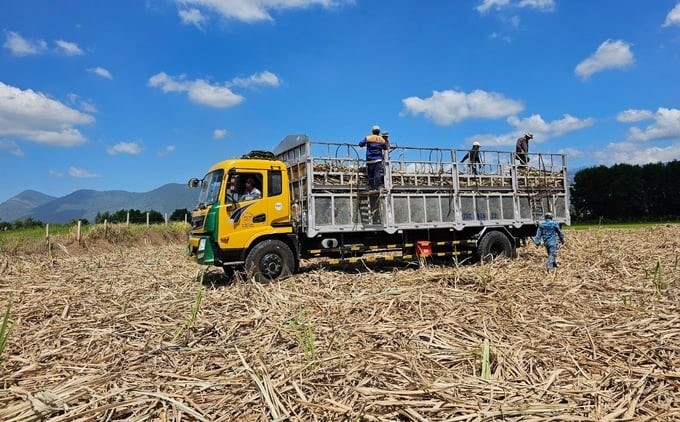
Entering the 2023–2024 sugarcane crop year, farmers are not happy with their harvest because of low productivity caused by drought. Photo: KS.
Mr. Nguyen Ba Thuat, a sugarcane grower in village 1, Ninh Thuong commune (Ninh Hoa town), unhappily said: "Last year's root-regenerated sugarcane crop had a productivity of 60–70 tons/ha, but this year it has decreased to only about 50 tons/ha. Not only so, many top-regenerated sugarcane areas also have low productivity."
Mr. Thuat said that in this crop, farmers will not be profitable to harvest top-regenerated sugarcane because the investment cost of 1 ha is up to VND 50–60 million, not to mention the increased cost of hiring labor for care and harvest. The current cost of hiring labor to harvest sugarcane is about VND 2,000/bundle (15 kg/bundle). If including cutting wages and tips for trucks transporting sugarcane to the sugar factory, farmers have to pay nearly VND 300,000/ton.
Mr. Thuat's family has 2 ha, including 1 ha of root-regenerated sugarcane and 1 ha of top-regenerated sugarcane. With Mr. Thuat's family's top-regenerated sugarcane yield expected to be about 60 tons/ha, it is difficult to make a profit. As for root-regenerated sugarcane, after deducting costs, Mr. Thuat estimates a profit of just over VND 10 million/ha.
In the sugarcane area in Ninh Tan commune (Ninh Hoa town), farmers are also not happy with their harvest. The reason is that even though the purchasing price of sugarcane is higher than in the previous crop, the productivity is low, so the profit is not high.

Farmers in Ninh Tan commune harvest sugarcane in the 2023–2024 crop year. Photo: KS.
Mr. Ho Van Hieu in Bac village (Ninh Tan commune) said that due to last year’s weather with severe drought and little rain, sugarcane plants grew poorly. For root-regenerated sugarcane, the average yield only reaches 30–40 tons/ha. The sugarcane area in Ninh Tay commune (Ninh Hoa town) is in a similar situation, with productivity decreasing by 5–10 tons/ha compared to last year's crop.
Mr. Ngo Tri Phu, a sugarcane farmer in Xom Moi village (Ninh Tay commune), said that sugarcane fields in the commune mainly depend on rainwater, causing difficulties in production for farmers. Farmers often face sugarcane crop failure and reduced productivity. "For this sugarcane crop, sugarcane fields with adequate irrigation water can yield 70–80 tons/ha, while fields without water can only yield an average of 45 tons/ha," Mr. Phu said.
According to Mr. Su Hong Quoc Tinh, Chairman of the People's Committee of Ninh Tay commune, last year's unfavorable weather caused sugarcane productivity in the area to decrease. In the 2023–2024 crop year, the entire commune has just over 1,300 ha of sugarcane left.
As of this point, farmers have harvested raw sugarcane and sold it to two sugar factories on over 50% of the total area, with an average yield of 55 tons/ha, lower than last year. With the current sugarcane price of about VND 1,130,000/ton, farmers earn a profit of VND 10–20 million/ha.
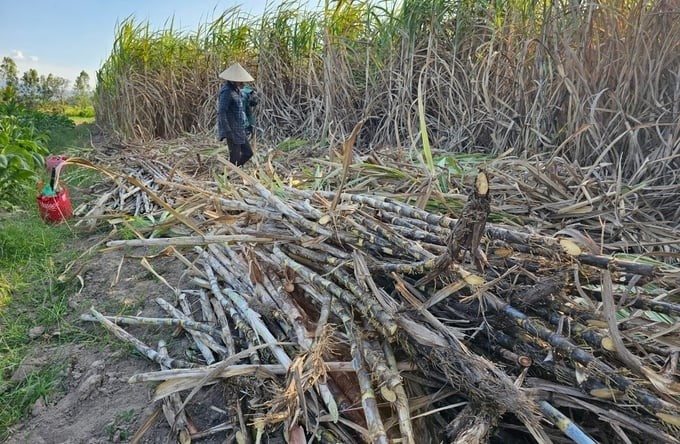
Although this year’s price of sugarcane purchased by sugar factories in the province is high, Khanh Hoa farmers are still not happy with their harvest because of low productivity. Photo: KS.
Mr. Dang Van Huy in Bac village (Ninh Tan commune), who has more than 20 years of experience growing sugarcane and is very enthusiastic about this crop, said that if sugarcane is planted with proactive irrigation, the first harvest crop can yield 90–100 tons/ha, and it is definitely profitable. However, this crop year, he completely lost revenue because last year’s weather was dry with little rain, even though he tried to pump water for irrigation.
According to Mr. Huy, for this year's sugarcane crop, he invested in planting 29 ha of root-regenerated sugarcane and 2 ha of top-regenerated sugarcane. Of which 1/3 of the area is sold to sugar factories. To date, the family has harvested more than 2/3 of the area, but the average yield only reaches 40–42 tons/ha. Due to the sugarcane crop failure and lack of profit, he sadly did not pay attention to regularly monitoring harvest workers in the field like in previous years.
“Previously, I was always present in the sugarcane fields. But in this crop, I do not bother to visit fields for 3 days and just let the workers self-cut sugarcane. Last year's sugarcane crop, with an area of about 30 ha, my family harvested a total of about 2,100 tons, but this crop is estimated at only about 1,500 tons," Mr. Huy said sadly.
Mr. Huy calculated that with the current sugarcane (10 CCS) price of VND 1,130,000–1,160,000/ton, his family will only gain a profit of about VND 100 million because his family had to spend about VND 950 million to invest in planting and caring for sugarcane. If adding in the money spent on sugarcane cutting labor of VND 350 million and the increasing tip cost for trucks of about VND 100 million, the total cost increases to VND 1.4 billion. Not to mention he has to pay interest to the factory for investments in fertilizers, pesticides, sugarcane care, and land rental.
According to the Khanh Hoa Department of Agriculture and Rural Development, in the 2023–2024 sugarcane crop year, the entire province planted 7,031 ha. Mr. Tran Thien Hung, Director of the Khanh Hoa Provincial Sub-Department of Crop Production and Plant Protection, said that farmers in the area are currently harvesting sugarcane; the average yield is 54 tons/ha, and the sugarcane (10CCS) price is about VND 1,130,000/ton. This year's sugarcane yield is lower than that of last year because the weather in 2023 is affected by El Nino, causing heat and little rain, and some sugarcane varieties are affected by anobium borer.
Translated by Huyen Vu Thu
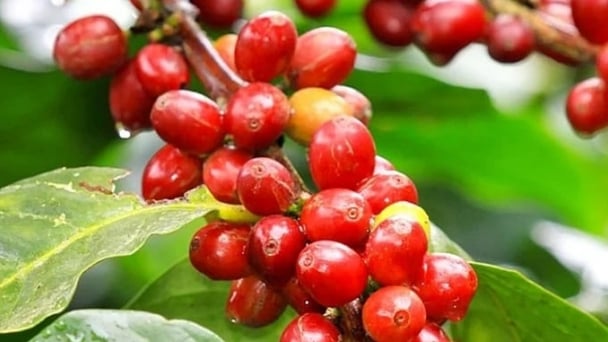
(VAN) Coffee prices on May 21, 2025, dropped sharply by VND 1,000, trading at VND 125,000 – 125,700/kg. Global coffee prices also reversed and declined.
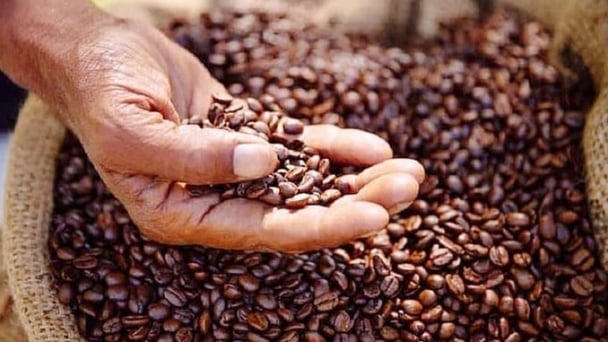
(VAN) Coffee prices on May 20, 2025, surged by VND 2,200, climbing to VND 126,000 – 126,700/kg. Meanwhile, global coffee prices also recorded a sharp increase.
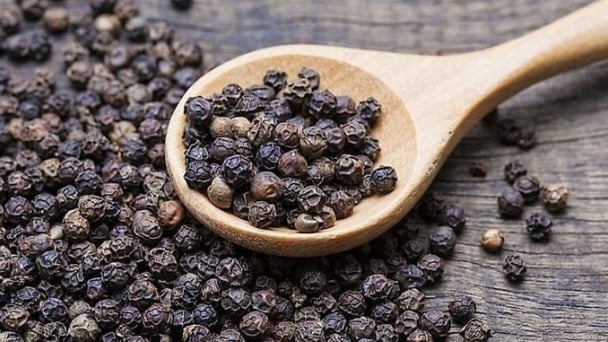
(VAN) Pepper prices on May 20, 2025, dropped by VND 1,000 only in Gia Lai, trading at VND 150,000 – 153,000/kg. Global pepper prices remained unchanged.
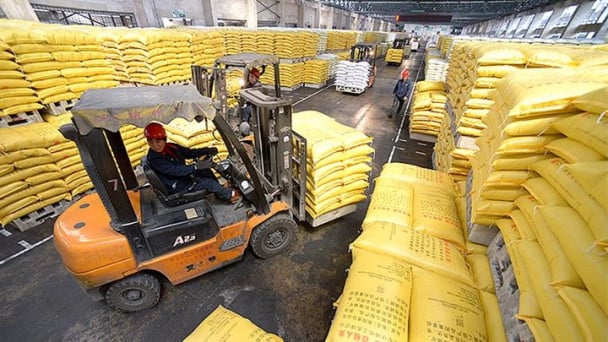
(VAN) Analysts are watching moves out of Asia, particularly with fertilizer.
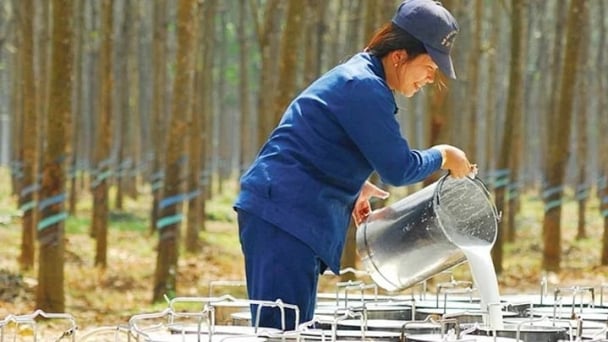
(VAN) Rubber prices on May 20, 2025, show mixed movements on the global market. Domestic latex prices remain stable, trading around VND 397 – 462/TSC.
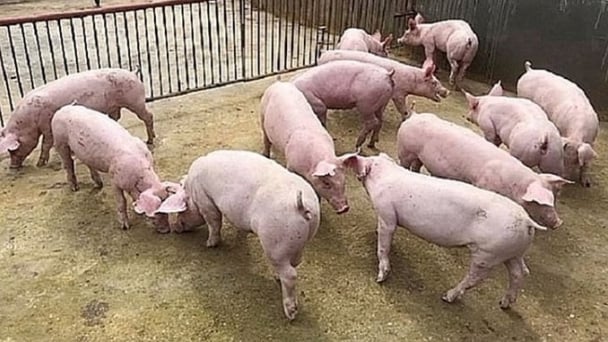
(VAN) Live pig prices on May 20, 2025, fell by 1,000 VND in Binh Dinh and Khanh Hoa. Live pig prices across the 3 regions are trading at 67,000 – 75,000 VND/kg.
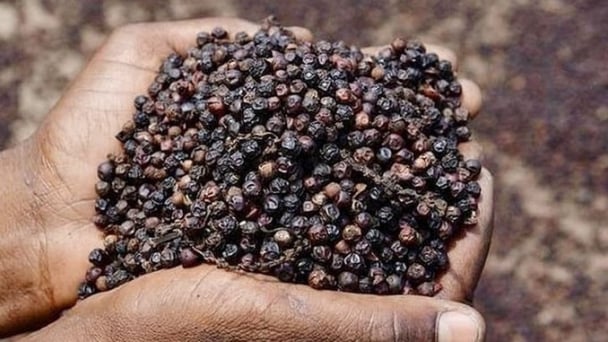
(VAN) Pepper prices on May 16, 2025, fluctuated by VND 500–1,000 domestically, trading at VND 151,000 – 152,000/kg. Global pepper prices remained stable.